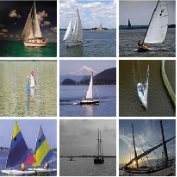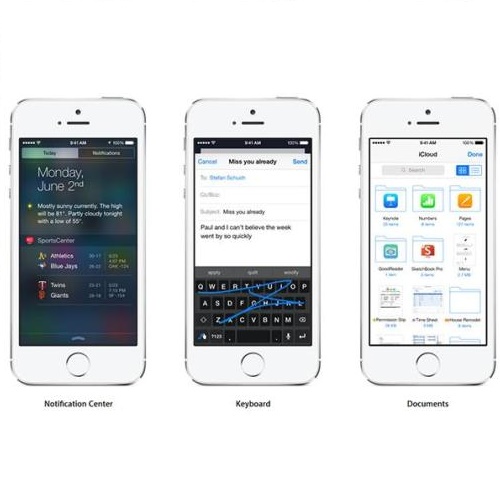In this work, the novel task of detecting and classifying table tennis strokes solely using the ball trajectory has been explored. A single camera setup positioned in the umpire's view has been employed to procure a dataset consisting of six stroke classes executed by four professional table tennis players. Ball tracking using YOLOv4, a traditional object detection model, and TrackNetv2, a temporal heatmap based model, have been implemented on our dataset and their performances have been benchmarked. A mathematical approach developed to extract temporal boundaries of strokes using the ball trajectory data yielded a total of 2023 valid strokes in our dataset, while also detecting services and missed strokes successfully. The temporal convolutional network developed performed stroke recognition on completely unseen data with an accuracy of 87.155%. Several machine learning and deep learning based model architectures have been trained for stroke recognition using ball trajectory input and benchmarked based on their performances. While stroke recognition in the field of table tennis has been extensively explored based on human action recognition using video data focused on the player's actions, the use of ball trajectory data for the same is an unexplored characteristic of the sport. Hence, the motivation behind the work is to demonstrate that meaningful inferences such as stroke detection and recognition can be drawn using minimal input information.
翻译:在这项工作中,探索了仅使用球轨探测和分类台球网球中风的新任务。在裁判员看来,已使用一个单一的摄像装置来采购由四个专业球员执行的六个中风班组成的数据集。球跟踪使用传统天体探测模型YOLOv4和ThontNetv2,一个以时间热映射为基础的模型,在我们的数据集上实施,其性能已经基准化。在利用球轨数据提取划线时间界限的数学方法中,我们的数据集共得出了2023个有效划线,同时还成功地探测了服务和中风。时间变迁网络对完全看不见的数据进行了中风识别,精确度达到87.155 %。一些基于模型的机器学习和深层学习结构已经经过培训,以便使用球轨迹输入进行中风识别,并根据它们的业绩基准进行基准。在利用以球轨迹为主的视频数据进行人类动作识别的基础上,广泛探索了球轨数据,从而得出了2023个有效划线球轨数据,同时也成功探测了服务和中划漏了中划。在运动后进行有意义的识别的特征。因此,可以进行最起码的动力测量。



